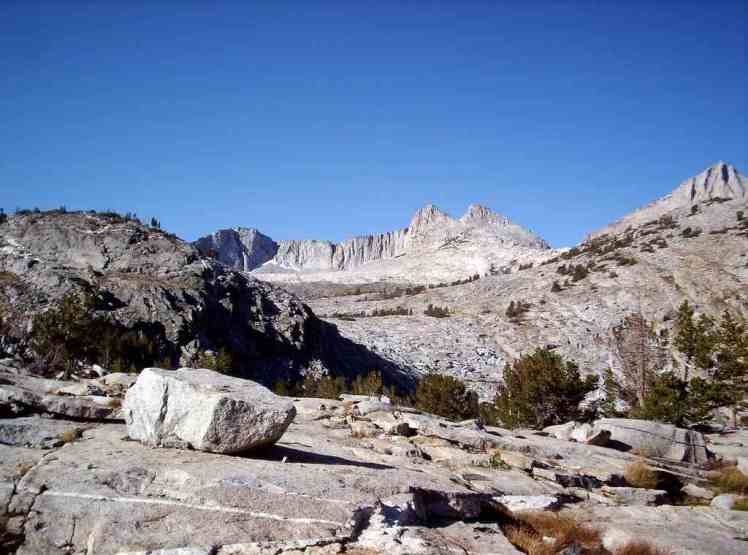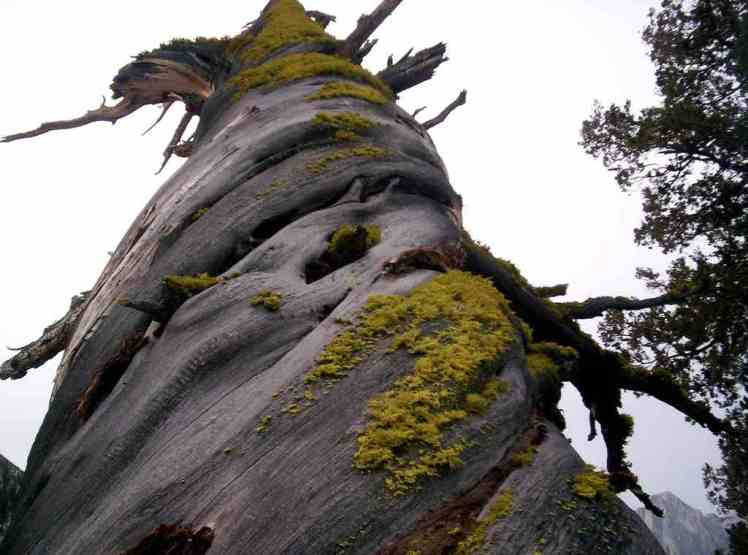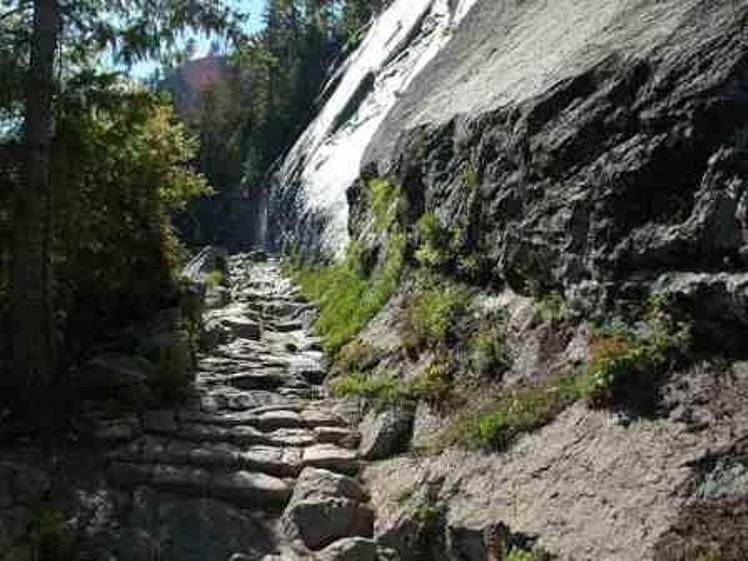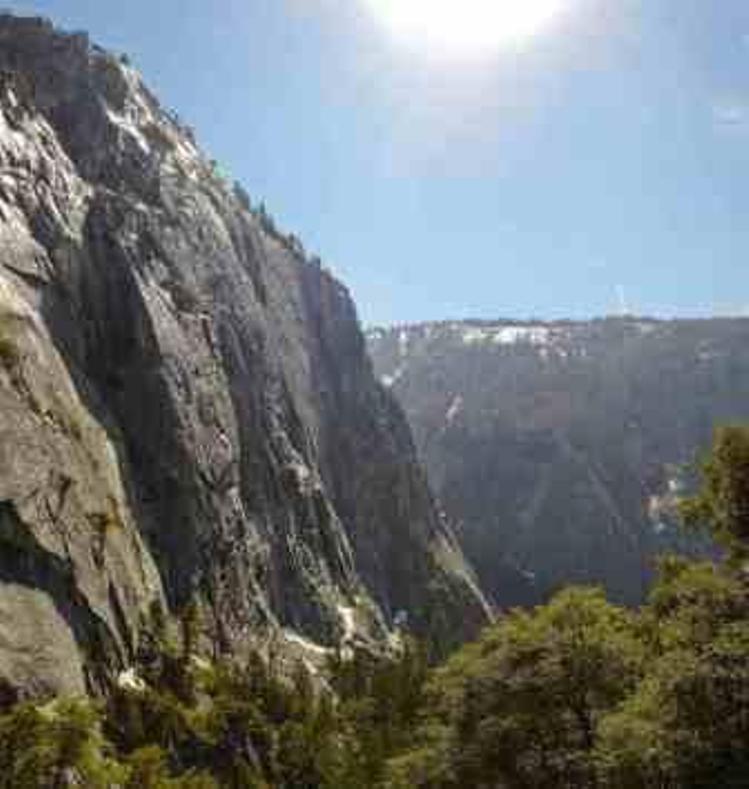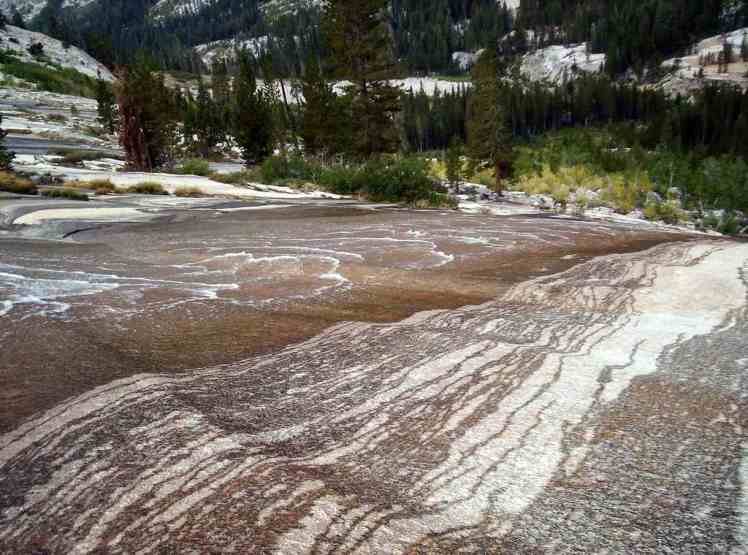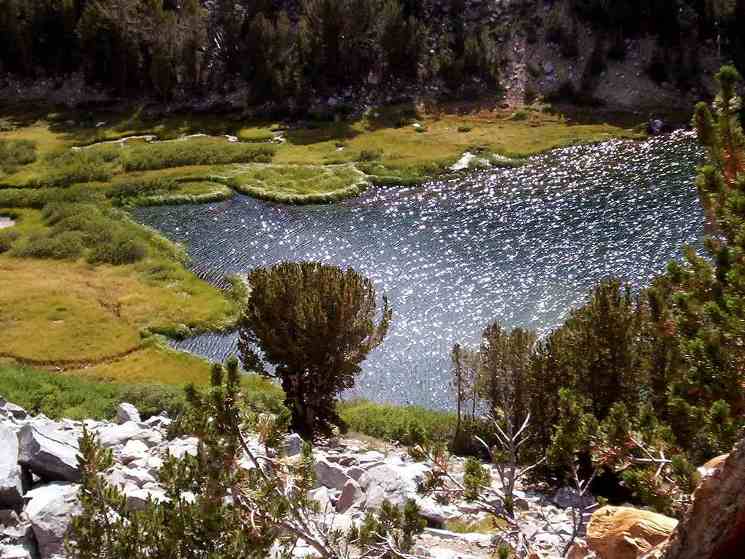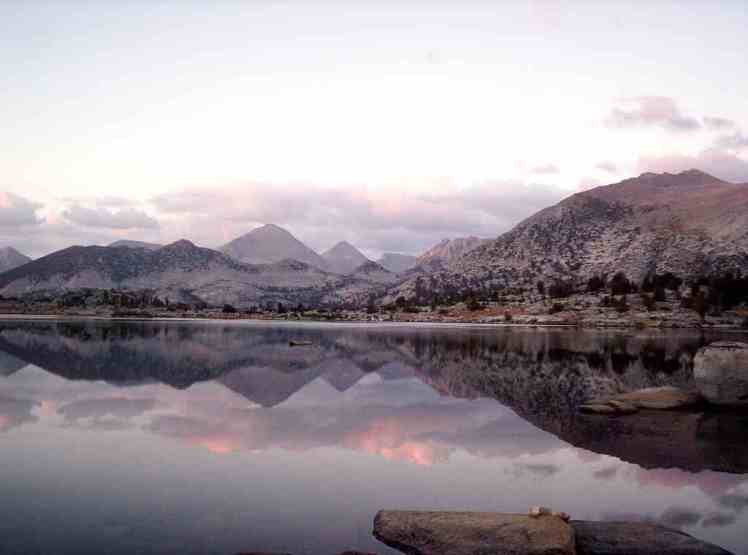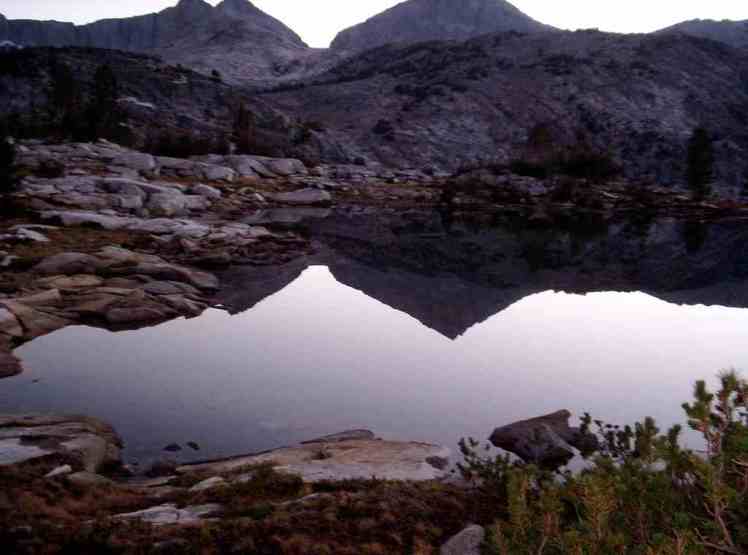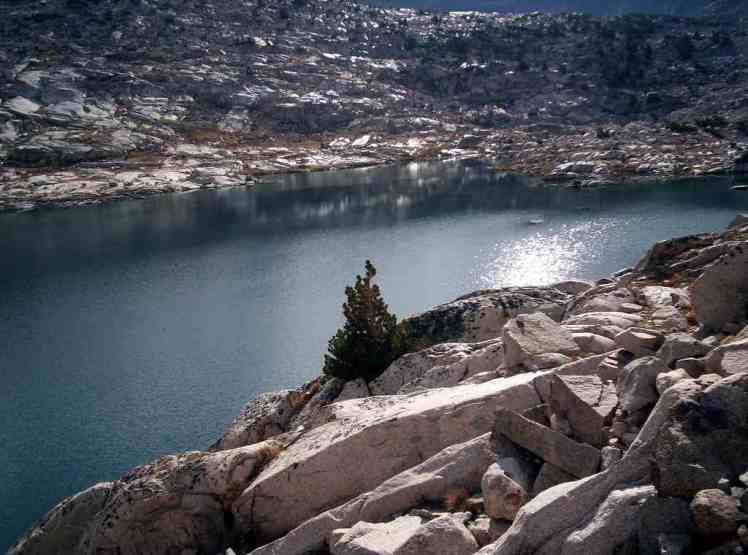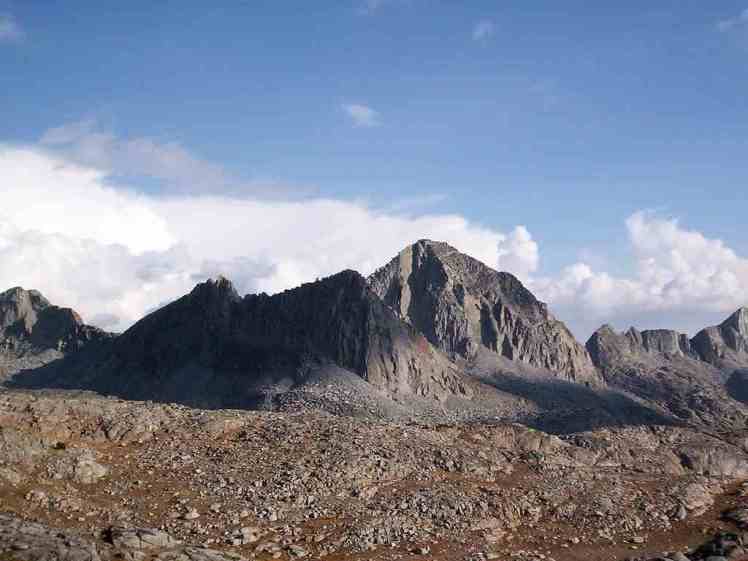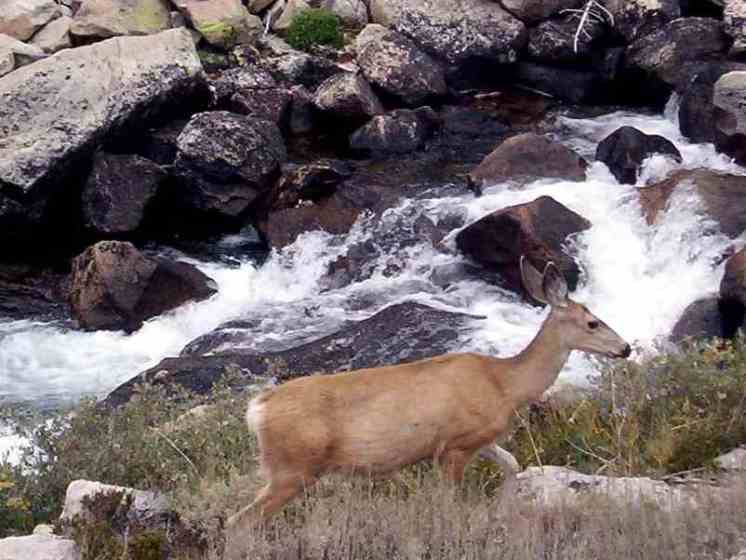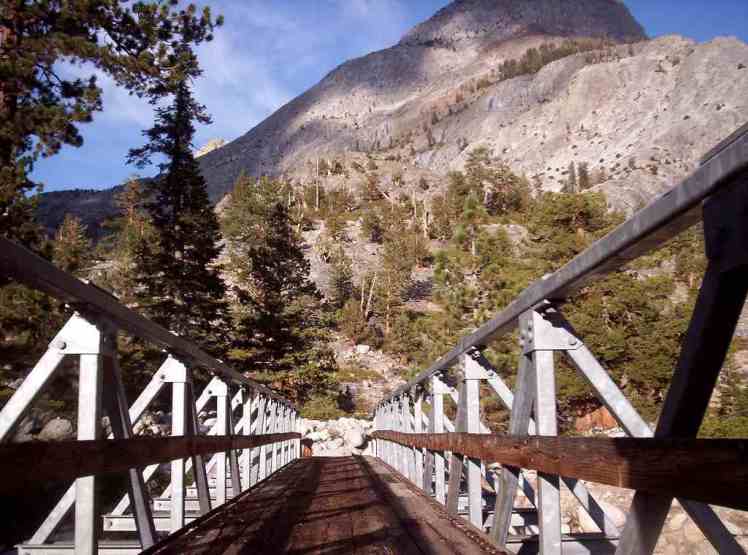John Muir Trail
Key information: John Muir Trail 
- This famous trail passes through the beautiful, unspoilt wilderness of three of western USA’s National Parks.
- Unbelievable views in places, especially around Yosemite, and inspiring throughout.
- This is the makings of a long, serious adventure – but most people chose to tackle a section of it.
Walkopedia rating
- Walkopedia rating87
- Beauty36
- Natural interest17
- Human interest2
- Charisma34
- Negative points2
- Total rating87
- Note: Negs: Heavy loads to carry
Vital Statistics
- Length: 354km
- up to 22 days
- Maximum Altitude: 4,421m
- Level of Difficulty: Strenuous
This walk description page is at an early stage of development, and will be expanded over time. Your comments on this walk, your experiences and tips, and your photos are very welcome.
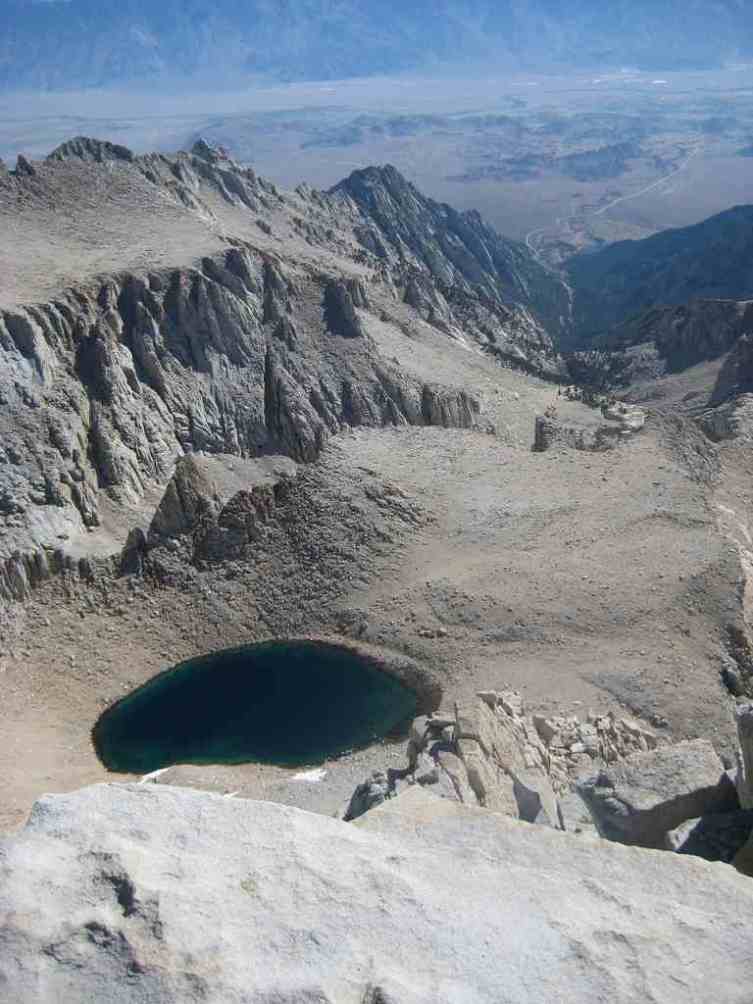
WALK SUMMARY
The John Muir Trail, named after the famous pioneering environmentalist, runs along the spine of the Sierra Nevada range of northern California. Muir took this route, in 1869, some 211 miles from the Happy Isles trailhead at Yosemite south to the summit of Mount Whitney.
The beautiful Sierra Nevada were referred to as the “Range of Light” by Muir, and contain an extraordinary array of the most outstanding scenery. Much of the landscape is granite, so it is harshly beautiful, but with lakes, rivers, forests and meadows to mellow it (perfect it?). This is many peoples’ favourite hike – anywhere.
The trail meanders through three national parks – Yosemite, King’s Canyon and Sequoia – one national monument (the Devil’s Postpile) and two wilderness areas, home to many animals and birds – including black bears, coyotes, wolverine, mule deer, bighorn sheep, marmots, red-tailed hawks, and great horned owls. It is definitely worth taking a pair of binoculars. Beware: the bears can be troublesome and potentially dangerous. Be sure to keep all your food stored in bear-proof containers.
Once away from Yosemite, the trail passes through genuine wilderness for days on end, with no signs of humanity other than walkers, so you will be camping and carrying many days’ food; this is hard work, although at least the trail isn’t excessively tough. That said, it is well walked, both on its own account and because it shares a lot of its way with the endless Pacific Crest Trail [link].
The route is not, however, especially difficult as it was engineered for pack animals, with no real scrambling unless you make the side trip to Yosemite’s Half Dome.
A summary of the route is:
Days 1-2 (24 miles) – Happy Isles to Tuolumne Meadows
Days 3-5 (34 miles) – Tuolumne Meadows to Reds Meadow
Days 6-8 (32 miles) – Reds Meadow to Quail Meadows and Lake Edison
Days 9-11 (34 miles) – Lake Edison to Evolution Valley
Days 12-14 (37 miles) – Evolution Valley to South Fork Kings River
Days 15-17 (37 miles) – South Fork Kings River to Tyndall Creek
Days 18-20 (25 miles) – Tyndall Creek to Whitney Portal
Note: the trail is often hiked south to north (particularly by those walking it as part of the PCT), but factors such as steady altitude gain and easier resupply can favour starting in the north.
A lot of people don’t have the time (or desire) to walk the entire trail, but take on more digestible sections, mainly in the north, where entry and exit are easiest, exiting on trails to roadheads (at some of which there are seasonal buses). Options include heading out from Yosemite to exit at Tuolumne Meadows, Red Meadows on the Muir Trail Ranch, or from one of these intermediate points onward (note, though, that the northernmost sections, near Yosemite, are the most populated and thus crowded, so, if you want to avoid people head to the remoter areas).
This is a long and demanding trek (354 km in total) of varying heights, for which one must allow approaching 3 weeks to hike the whole trail (although you can do it in a lot less if strong and fit -- research your likely timings). It winds through remote mountains on which you will have to be self-sufficient, camping and carrying all your food (food replenishment needs careful planning). Bears are a big issue. Come prepared – you will need to be physically and mentally up to it, and fit enough.
Permits are required and hard to get. See below. It is possible to make supported expeditions, but this is rarely done.
We strongly recommend the Cicerone [guidebook] which is both inspiring and very practical. And also the excellent https://trailtopeak.com/2018/12/31/a-complete-guide-to-the-john-muir-trail/
Find these and other books on Amazon.
Other accounts: share your experiences
Your comments on this walk, your experiences and suggestions, and your photos are very welcome. Where appropriate, you will be credited for your contribution.
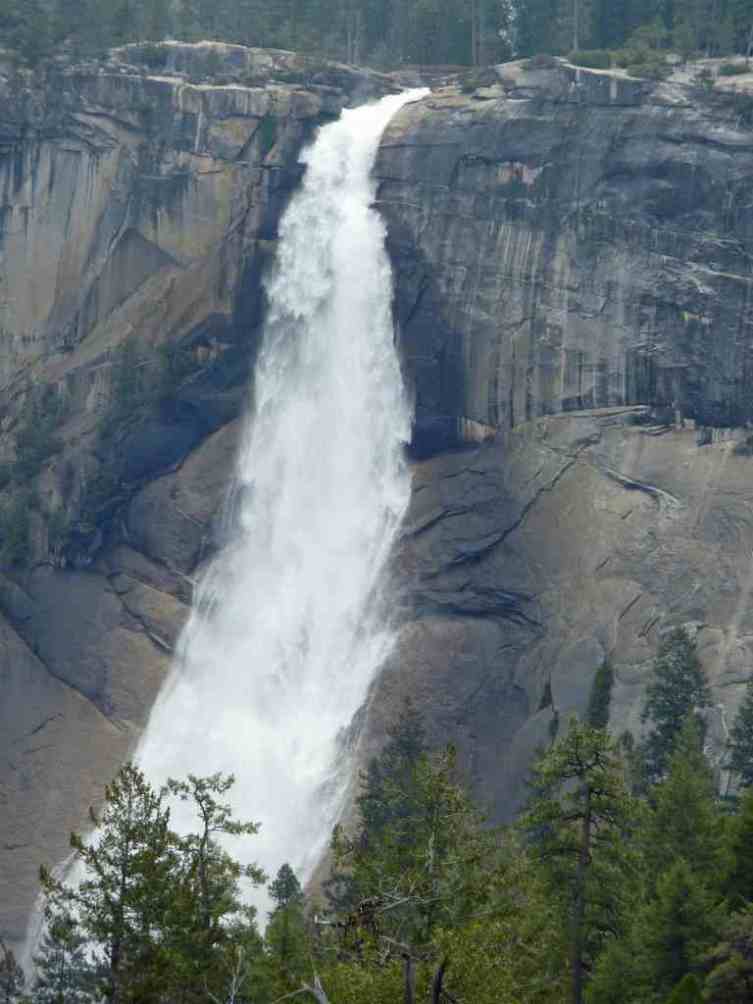
We have a lot of helpful practical information and tips about this walk, covering everything from the best books and maps, to timing and weather, geting there, possible problems, whether you need a guide and where to find them, and useful websites. This section is only open to members.
Membership is FREE AND JOINING TAKES 30 SECONDS. To login or sign up click here
Safety and problems: All walks have inherent risks and potential problems, and many of the walks featured on this website involve significant risks, dangers and problems. Problems of any sort can arise on any walk. This website does not purport to identify any (or all) actual or potential risks, dangers and problems that may relate to any particular walk.
Any person who is considering undertaking this walk should do careful research and make their own assessment of the risks, dangers and possible problems involved. They should also go to “Important information” for further important information.
Anyone planning an expedition to this place should see further important information about this walk.
Safety and problems: All walks have inherent risks and potential problems, and many of the walks featured on this website involve significant risks, dangers and problems. Problems of any sort can arise on any walk. This website does not purport to identify any (or all) actual or potential risks, dangers and problems that may relate to any particular walk.
Any person who is considering undertaking this walk should do careful research and make their own assessment of the risks, dangers and possible problems involved. They should also go to “Important information” for further important information.
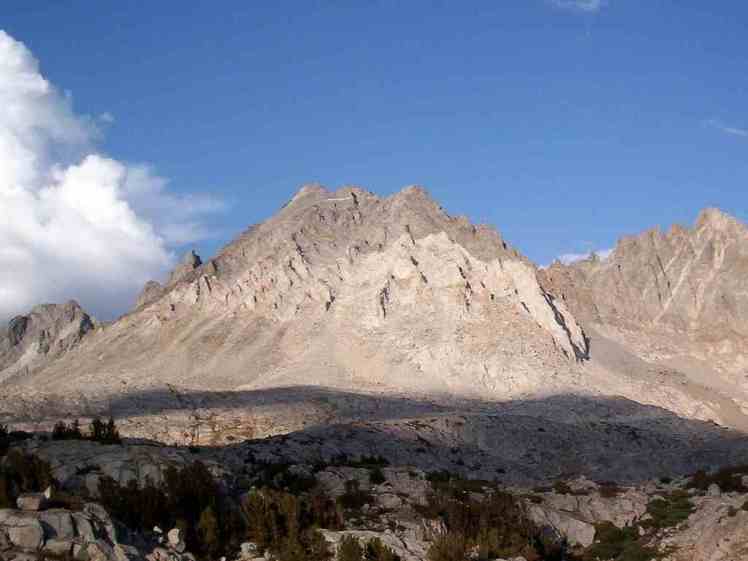
OTHER ACCOUNTS
share your experiences
Add your experiences, suggestions and photos. We would be delighted to receive your writing and ideas (which will be attributed appropriately where published).
Anyone planning an expedition to this place should see further important information about this walk.
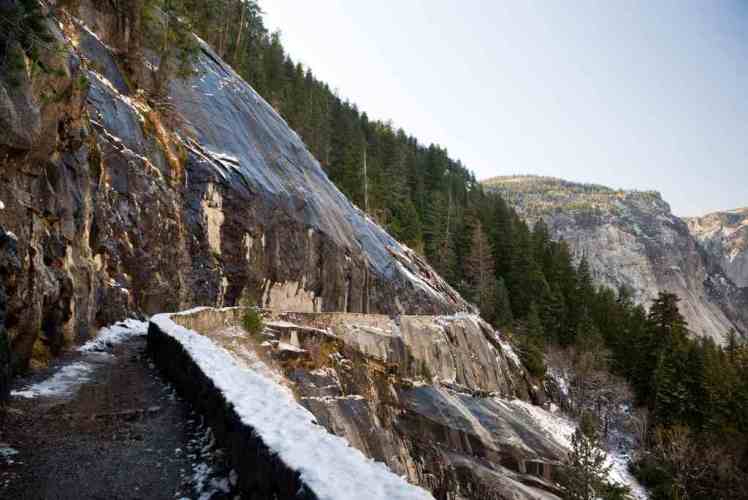
Responsible travel matters, a lot. How you travel will make a real difference - for better or worse. PLEASE consider this when making plans. Read more



